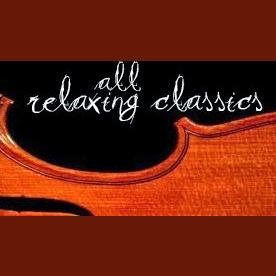RAVEL: Introduction and Allegro
To showcase its new chromatic harp, the Pleyel company commissioned Claude Debussy in 1904 to write his Danse sacrée et danse profane for harp and orchestra. The Érard company responded by commissioning Maurice Ravel to write a piece to display the expressive range of its double-action pedal harp. Ravel completed his Introduction and Allegro for a septet of harp, flute, clarinet and string quartet in June 1905, dedicating it to Albert Blondel, director of Maison Érard. He wrote it at breakneck speed, as he had to complete it before embarking on a boating holiday with friends.
Ravel omitted the Introduction and Allegro from the catalogue of his works, made no mention of it in his autobiography, and referred to it in only two of his letters. Nevertheless, it was often performed at his concerts and it was the very first of the small number of his own works that Ravel recorded (1923; Gwendolen Mason, harp; Robert Murchie, flute; Haydn P. Draper, clarinet.) In 1906 Ravel wrote a version for two pianos. In a letter to Désiré-Émile Inghelbrecht on 26 February 1911, Ravel sanctioned the work being arranged for larger forces. Description from Wikipedia
Maurice Ravel Bio | Ravel Recordings



